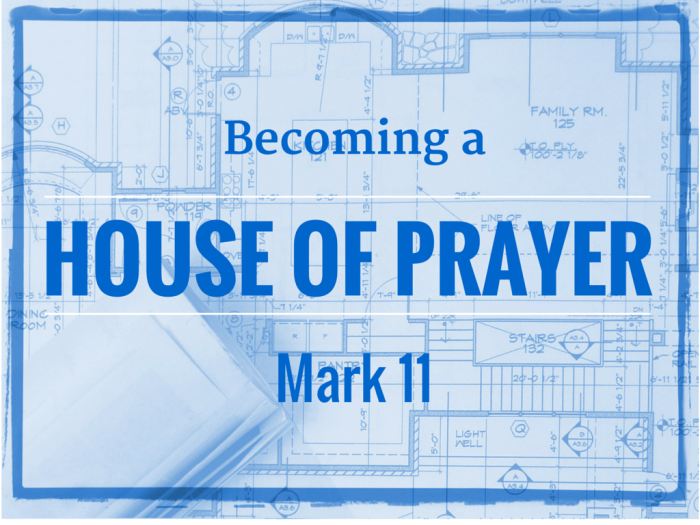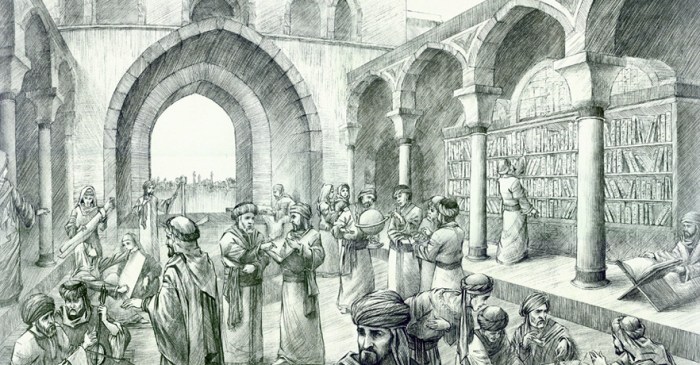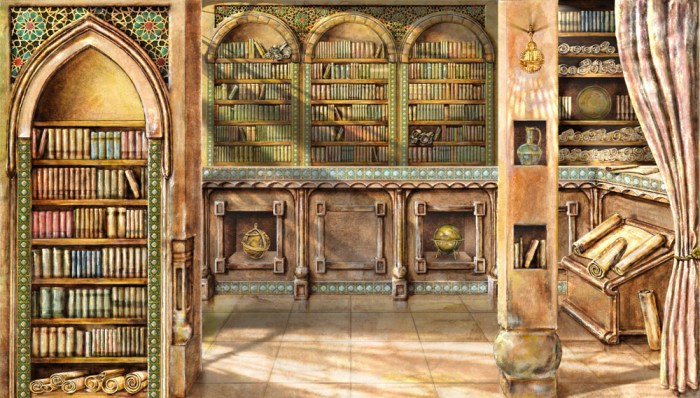As the House of Wisdom prayer times take center stage, this opening passage beckons readers into a world crafted with rich knowledge, ensuring a reading experience that is both absorbing and distinctly original. The House of Wisdom, a beacon of enlightenment in the Islamic Golden Age, not only fostered intellectual pursuits but also played a pivotal role in religious practices.
This exploration delves into the significance of the House of Wisdom for prayer, providing a glimpse into the harmonious blend of knowledge and spirituality that characterized this remarkable institution.
The second paragraph provides descriptive and clear information about the topic.
Historical Significance of House of Wisdom

In the 9th century, Baghdad emerged as the intellectual epicenter of the Islamic world, giving birth to the renowned House of Wisdom. Established by Caliph Harun al-Rashid and expanded by his son, Al-Ma’mun, the House of Wisdom was a vibrant hub of knowledge and scholarship.
The House of Wisdom was conceived as a center for translating and preserving the works of ancient Greek, Persian, Indian, and other civilizations. It attracted scholars from across the globe, fostering a cross-cultural exchange of ideas and innovation.
Role in the Islamic Golden Age, House of wisdom prayer times
During the Islamic Golden Age, the House of Wisdom played a pivotal role in the advancement of science, philosophy, and mathematics. It became a sanctuary for intellectuals, providing them with the resources and patronage necessary for groundbreaking discoveries.
Renowned Scholars
- Al-Khwarizmi, the “father of algebra,” developed the concept of algorithms.
- Al-Razi, a renowned physician and alchemist, made significant contributions to medicine.
- Al-Farabi, a philosopher and scientist, explored the fields of logic, metaphysics, and music.
Architectural Features and Design

The House of Wisdom was an architectural marvel, showcasing the blending of various artistic styles and functional elements. Its design combined elements of Islamic, Persian, and Hellenistic architecture, resulting in a visually stunning and practical structure.The exterior of the building was adorned with intricate geometric patterns, mosaics, and calligraphy.
These decorative elements were not merely aesthetic embellishments; they also served a symbolic and functional purpose. The geometric patterns represented the harmony and order of the universe, while the mosaics and calligraphy conveyed important messages and stories.The interior of the House of Wisdom was equally impressive.
The building housed vast libraries, lecture halls, and observatories, each designed to facilitate the pursuit of knowledge. The libraries were filled with shelves lined with books on various subjects, from philosophy and science to literature and religion. The lecture halls were spacious and well-lit, providing a conducive environment for scholarly discussions and debates.
The House of Wisdom is a renowned center of knowledge and learning. For those seeking spiritual guidance, the prayer times at the House of Wisdom are meticulously observed. However, even the most devout scholars may encounter tricky words in their studies.
To assist with this, we recommend referring to the comprehensive guide on ckla tricky words grade 1 . By understanding these words, you can delve deeper into the wisdom and teachings of the House of Wisdom.
The observatories, equipped with advanced astronomical instruments, allowed scholars to study the stars and planets, expanding their understanding of the cosmos.
Geometric Patterns
Geometric patterns played a significant role in the decoration of the House of Wisdom. These patterns were inspired by Islamic art and represented the underlying order and harmony of the universe. The patterns were often created using intricate tilework, creating a visually stunning effect.
Mosaics
Mosaics were another important decorative element used in the House of Wisdom. These mosaics depicted scenes from history, mythology, and religion, serving as both an artistic and educational tool. The mosaics were often made from colored glass or ceramic tiles, adding a vibrant and colorful touch to the building’s interior.
Calligraphy
Calligraphy was used extensively throughout the House of Wisdom. Inscriptions in Arabic script adorned the walls, ceilings, and even the bookshelves. These inscriptions included verses from the Quran, sayings of famous scholars, and other important texts. The calligraphy not only added an aesthetic element to the building but also served as a reminder of the importance of knowledge and scholarship.
Religious Significance and Prayer Times

The House of Wisdom served as a vital center for religious practices, particularly within the Islamic tradition. Prayer holds immense significance in Islam, representing a fundamental pillar of the faith.
Muslims observe five daily prayers at specific times, known as salat. These prayers are considered obligatory and are performed at dawn, noon, afternoon, sunset, and evening. The exact timing of these prayers varies depending on the location and time of year.
Prayer Times at the House of Wisdom
The following table provides the daily prayer times observed at the House of Wisdom, based on the location of Baghdad, Iraq:
| Prayer | Time |
|---|---|
| Fajr (Dawn) | Varies, typically around sunrise |
| Dhuhr (Noon) | Varies, typically around midday |
| Asr (Afternoon) | Varies, typically in the late afternoon |
| Maghrib (Sunset) | Varies, typically around sunset |
| Isha (Evening) | Varies, typically after sunset |
Preservation and Restoration Efforts

Over the centuries, the House of Wisdom has faced numerous challenges to its preservation and restoration. Despite these obstacles, there have been concerted efforts to safeguard this historical site.
One of the significant challenges in preserving the House of Wisdom was the lack of historical documentation and architectural plans. Over time, many of the original records and blueprints were lost or destroyed, making it difficult to reconstruct the building accurately.
However, through archaeological excavations and research, scholars have been able to piece together the history and design of the House of Wisdom, providing a foundation for its restoration.
Reconstruction and Restoration
The first major restoration of the House of Wisdom took place in the 19th century. During this period, the building was extensively renovated and expanded, with the addition of new wings and the restoration of existing structures. However, these renovations did not fully adhere to the original architectural style and design, resulting in a blend of architectural elements from different periods.
In the 20th century, a more comprehensive restoration project was undertaken, aimed at preserving the historical integrity of the House of Wisdom. This project involved the removal of later additions and the restoration of the building to its original design.
Scholars consulted historical texts, archaeological findings, and architectural principles to ensure the accuracy of the restoration.
Current State and Significance
Today, the House of Wisdom stands as a testament to the cultural heritage and intellectual legacy of the Islamic world. The building has been restored to its former glory, with its intricate carvings, arched windows, and spacious halls. It is now a museum and cultural center, hosting exhibitions, lectures, and educational programs that promote the understanding of Islamic history and culture.
The preservation and restoration of the House of Wisdom is a testament to the importance of safeguarding our cultural heritage. This historical site serves as a reminder of the contributions made by the Islamic civilization to the fields of science, philosophy, and the arts.
By preserving the House of Wisdom, we ensure that future generations can continue to appreciate and learn from this remarkable legacy.
FAQ Resource: House Of Wisdom Prayer Times
What was the purpose of the House of Wisdom?
The House of Wisdom was established as a center of knowledge and scholarship, fostering intellectual pursuits in various fields such as science, philosophy, and medicine.
What is the significance of prayer times in Islam?
Prayer holds a central position in Islamic tradition, with specific times prescribed for daily prayers. These times serve as a reminder of the connection between the faithful and God.
